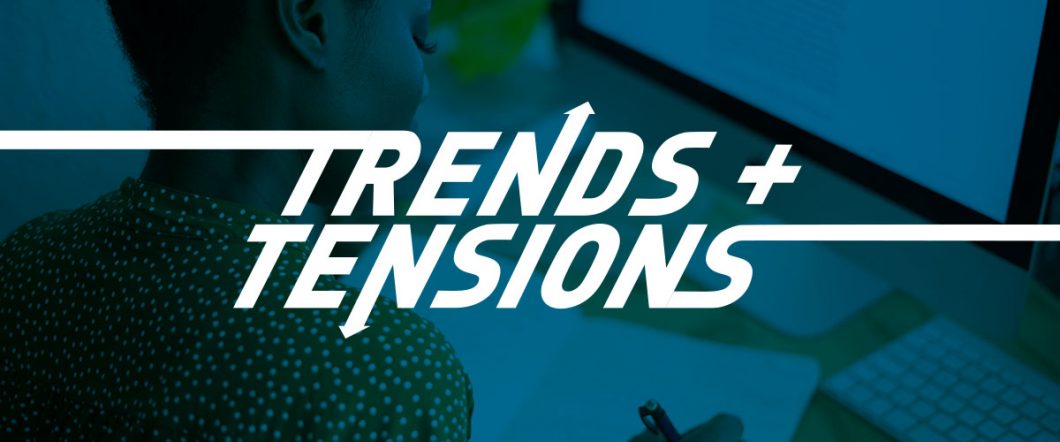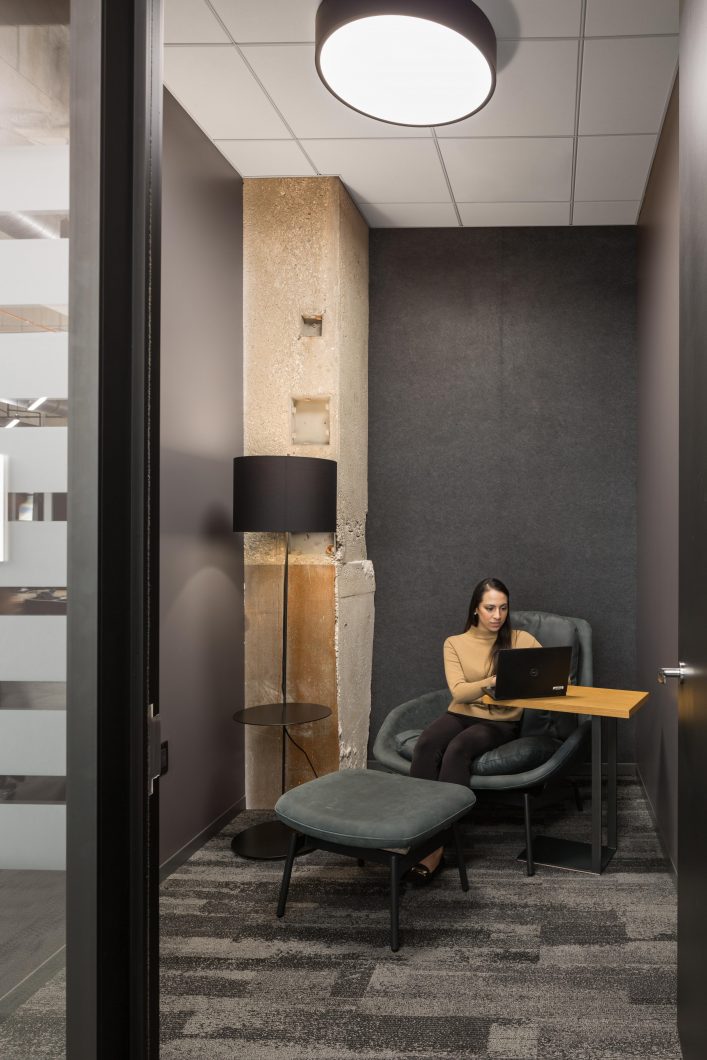
The Resilient Workplace: A Measured Response to COVID-19

Synopsis
On April 15, 2020, BHDP facilitated a virtual roundtable with over sixty (60) representatives from corporate real estate. Participants from 40+ companies, representing a variety of market sectors and thousands of workers shared perspectives on their immediate priorities and forward-looking strategies to manage the COVID-19 pandemic. The following synopsis includes strategic takeaways from the discussion as well as high-level recommendations for leading the reintegration of the workforce into the physical workplace.
It should be noted that BHDP has no insight as to when the pandemic will cease. In the opinion of the firm, the current pandemic is a medical crisis first, an economic threat second, and a business continuity challenge third. However, the responsible thing, from the standpoint of corporate real estate, is to scenario plan for the eventual return of the workforce, when the current threat subsides.
Pandemic at Present
Before the pandemic became a dire threat, most organizations were challenged to strike the right balance between physical and virtual work. For many, the coronavirus initially presented itself as a sort of social experiment—forcing millions to work remotely and tackle the challenge head on. Organizations have been driven to very seriously consider where, how, when, and with whom work gets done. As business priorities shift from continuity planning in a virtual world to reintegration strategies for an uncertain future in the physical one, the additional irony is that corporate real estate plays a significant role, regardless of the location of the workforce. If space is a proxy for culture, then real estate leaders are stewards of an unseen and yet unbelievably essential organizational asset.

When will things return to normal? The smart answer is, “we don’t know, maybe never.” There is no federal or even state mandate dictating when operations must commence, and each locality presents its own, unique risks. Therefore, every organization must weigh its financial urgency against its operational risk and make an informed, independent decision regarding:
• Population Exposure — Who must return, who must not, who is ready, who is not, and what about the fraught nature of classifying some people as “essential” and not others?
• Timing/Trajectory — When to return, in what order, and along what trajectory?
• Workplace Readiness — How will the environment be (re)structured to ensure adequate spacing and proper circulation? What measures will be taken to reduce undue risk?
• Operating Best Practices — How will cleanliness and sanitation be ensured? What role will technology play? What can we learn from others globally?
• Leadership — Who’s on the core team? How will we make a prudent decision? What will our decision say about the organization? How will we communicate accordingly?
Until widespread inoculation occurs, the simultaneous threat to human lives and economic livelihoods remains the pressing challenge for leaders to weigh.
Day One: The Return to Work(place)
Regardless of when the workforce returns to the workplace, there are a number of hurdles to clear in order to get the workforce back into a safe, stable, proximal, and productive operating environment. A measured response includes consideration for the following factors:
• Workforce Planning and Transportation — understanding who will be on-site when and the means by which people will travel to get there.
• Physical Environment — spacing between seats in both open and closed environments, entry/egress, circulation routes, choke points, social spaces, and surface contact.
• Operational Procedures — protocols, procedures, and signage regarding seating, sanitation, and shared services. Elimination of weak links.
• Individual Hygiene and Well-Being — access to personal protective equipment and sanitizer, dedicated devices, indoor air quality, movement, and exposure to outdoors.
• Psychological Safety — support for comfort, grief, and emotional distress.
• Social Norms — social distancing comes to work. No hugs, handshakes, or high-fives.
The New Normal: The Opportunity Ahead
The coronavirus pandemic is a watershed event. Just as Millennials’ entry into the workplace coincided with the Great Recession, most of the next generation (Gen Z) will never know a pre-pandemic workplace.

The degree to which our space will be forever shaped by the pandemic depends upon the severity of our response. If the pendulum swings too far and we “pandemic proof” the workplace, there is the risk of over-investing in a safe but costly solution that is over-sized, under-utilized, empty, and austere. Doing so would erode the workplace gains of the last decade. On the other hand, under-estimating the virus could result in even more costly and irreversible outcomes. This is the career-defining challenge at hand. There are no easy answers, no checklists, no silver bullets.
Our collective memory will linger long after this period has passed. The billions who have lived and worked through this event have learned a host of new skills, tools, and workflows. Old paradigms will fall. Millions of workers have already been displaced by the pandemic. Some will remain remote indefinitely, having proven that remote work can be effective. Others will invariably return to the workplace. Still others will be forced to seek new employment. Regardless, the composition of the workforce will change, and corporate real estate will be challenged as before, to foster the collective identity and productivity of a dispersed workforce. As humans, we thrive when we are connected—to a mission, to a cause, to a place, to each other. The workplace matters because it facilitates those connections. As such, the workplace will never go away. It will also never be the same.
Learn More
To learn more, connect with colleagues, and get involved in a future roundtable, please reach out to Sarah Holmes and Drew Suszko.
Sarah Holmes | Business Development
[email protected]
Drew Suszko | Lead Strategist
[email protected]

